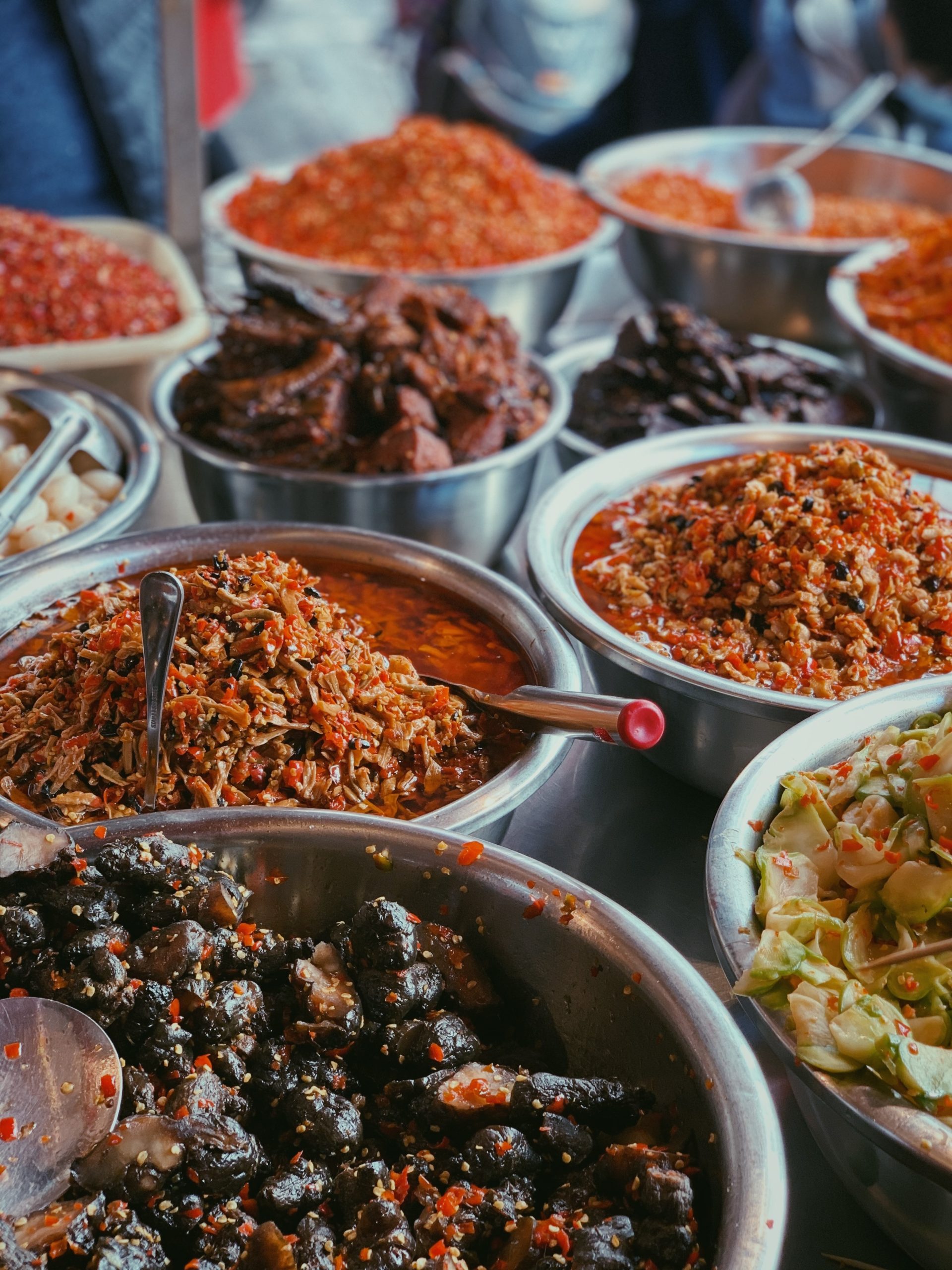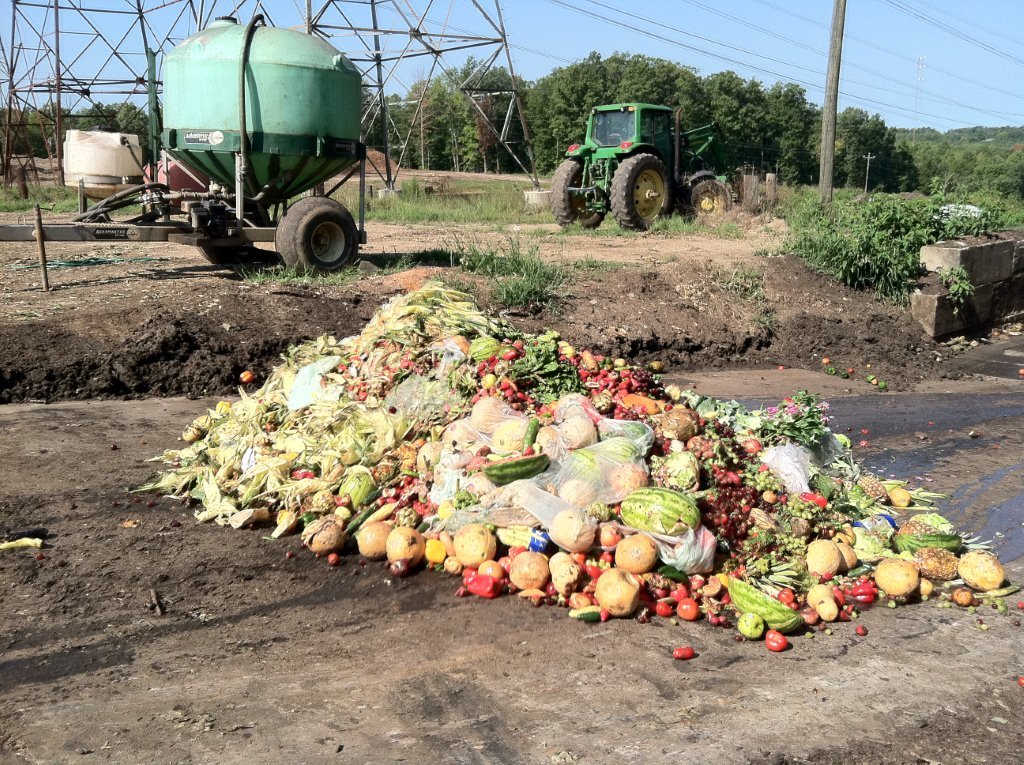Food Waste
3.6 Global and Local Perspectives

Food waste hugely affects many countries around the world. In Canada, a staggering “58% or 35.5 million tons of all food produced in the country is lost and wasted” (Second Harvest, 2019, as cited in Janus, 2019). This amount of food waste caused by people’s over-purchasing and throwing away of surplus or food nearing best-before dates could have been “rescued” and donated to under-resourced communities across the country. Addressing avoidable food loss and waste can also help reduce the greenhouse gas emissions coming from food that is produced but left uneaten. (Nikkel, 2019, as cited in Janus, 2019).
Social gathering contributes to more food waste in Asian countries. In India, nearly 40% of the food produced locally is wasted or lost. The bigger the wedding, the larger the party, leading to more colossal waste. (Thacker, 2018). In China, people lost or wasted more than 35 million tons of food – equal to about 6% of its total food production. The large amount of food is wasted at retail or consumption level when people are throwing away ready-made and fully cooked food. Chinese culture has high regard for hospitality: the more food left, the more the host is deemed hospitable (Wong, 2022).
Critical Analysis

The article, “Study Finds Farm-Level Food Waste is Much Worse Than We Thought,” published by Civil Eats was written by Gosnia Wozniacka on August 20, 2019. It discusses how farm-level food loss significantly contributes to the rising amount of food waste and its negative impacts on farmers. It also highlights the importance of streamlining the food chain to minimize food loss.
Wozniacka (2019) seeks to raise awareness and explain about food loss and the food waste coming from farm-level produce and encourages people to support local farmers. She also sheds light on the local farmers’ situation regarding food production and what other organizations are doing to help reduce the waste such as the Farm to Family program, Community Food Bank, and Borderlands Produce Rescue.
Wozniacka (2019) also offers a recommended course of action to respond to the food waste issue resulting from unharvested edible produce. These include food bank donations, processing of imperfect or surplus produce into new commercial products, purchase of fields by retailers, and introducing mixed perfect and surplus products to the market.
Food waste, specifically the on-farm produce waste, is a serious issue that deserves immediate attention from both the public and private sectors, producers, retailers, and consumers. In addition, we realized how an unplanned agricultural production through profit-driven markets could result in food loss and waste.
Founder and CEO of Full Harvest, Christine Moseley states, “As people start waking up to the reality that food waste contributes to climate change, any company that says they’re buying surplus produce sends a powerful message. They’re helping (to reduce) one of the greatest contributors to climate change.” (as cited in Wozniacka, 2019). This particular quote resonates for us as it is a brand new concept that offers a novel understanding that food loss can also occur at on-farm level, and that as consumers, we have a vital role to play in response to food waste reduction by supporting local farmers and buying surplus products.
